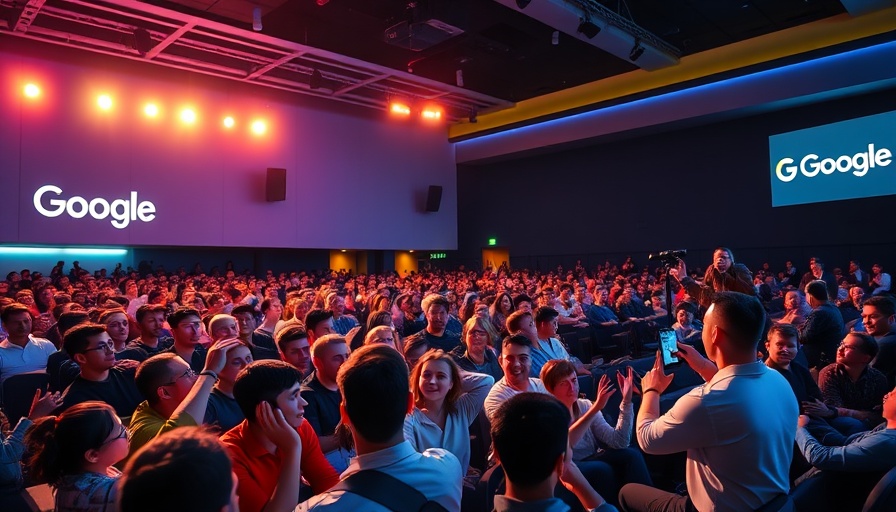
Get Ready for the Exciting Google Launch Event
Google is gearing up for one of its most anticipated events: the Made by Google showcase on August 20, 2025, at 10 a.m. PT. This annual event serves as a platform for Google to unveil its latest gadgets and innovations, and this year promises to be particularly thrilling as tech enthusiasts worldwide await the introduction of the Pixel 10 series, including the standard Pixel 10, Pixel 10 Pro, and Pixel 10 Pro XL, along with a foldable model, the Pixel 10 Pro Fold.
What’s New in the Pixel 10 Series?
As with each new installment, the Pixel 10 series is generating a buzz for promising significant upgrades, particularly in AI features. Google is expected to leverage its powerful Gemini AI model to enhance the user experience, bringing features that could revolutionize smartphone efficiency and usability. Additionally, improvements in design and functionality are anticipated, which could potentially set the new Pixel models apart from their predecessors.
A Closer Look at the Pixel Watch 4 and More
In addition to the smartphones, Google is likely to introduce the Pixel Watch 4, rumored to offer longer battery life and faster charging capabilities—key factors for many consumers. This smartwatch might also come equipped with health tracking features that compete with those from other tech giants, like Apple, indicating Google’s commitment to smart health technology. Furthermore, updates to the Pixel Buds with the expected release of the Pixel Buds 2a could appeal to audio enthusiasts looking for sleek design and premium sound quality in their wireless earbuds.
The AI Revolution: What It Means for Google's Devices
The integration of AI technology in the upcoming devices has broader implications for the tech industry. With AI becoming a core part of its products, Google is poised to continue leading innovation and setting trends. By prioritizing user experience through AI enhancements, Google aims to redefine what consumers can expect from personal technology. Such advancements underscore the growing trend within the tech industry where AI is no longer just a feature but a fundamental aspect of device development.
Why This Event Matters
The Made by Google event isn't just about product launches; it's a reflection of the company's vision and direction in a rapidly evolving tech landscape. With an increasing emphasis on AI and integrated ecosystem features, consumers can expect a seamless interaction between devices that make up their digital life. This trend highlights Google's push towards a holistic tech experience where devices work in unison to enhance productivity and personalization.
Join the Conversation
For those eager to stay updated, the event will be broadcast live on Google's Made by Google YouTube channel, providing real-time insights as new products are unveiled. Tech enthusiasts and industry analysts alike will be watching closely to see how Google's announcements will reshape the tech landscape.
As we count down to the unveiling of the Pixel 10, Pixel Watch 4, and beyond, it’s clear that this year’s Made by Google event will be one to remember, with the potential to set the tone for future tech discussions. Don’t forget to tune in and share your thoughts with fellow tech aficionados!
 Add Row
Add Row  Add
Add 



Write A Comment